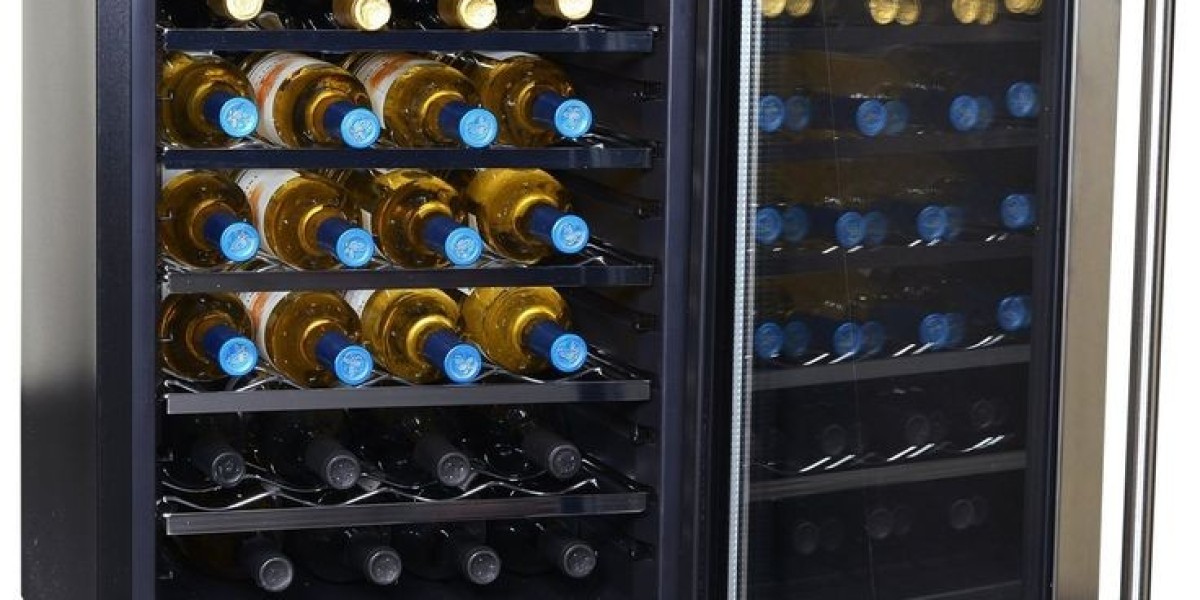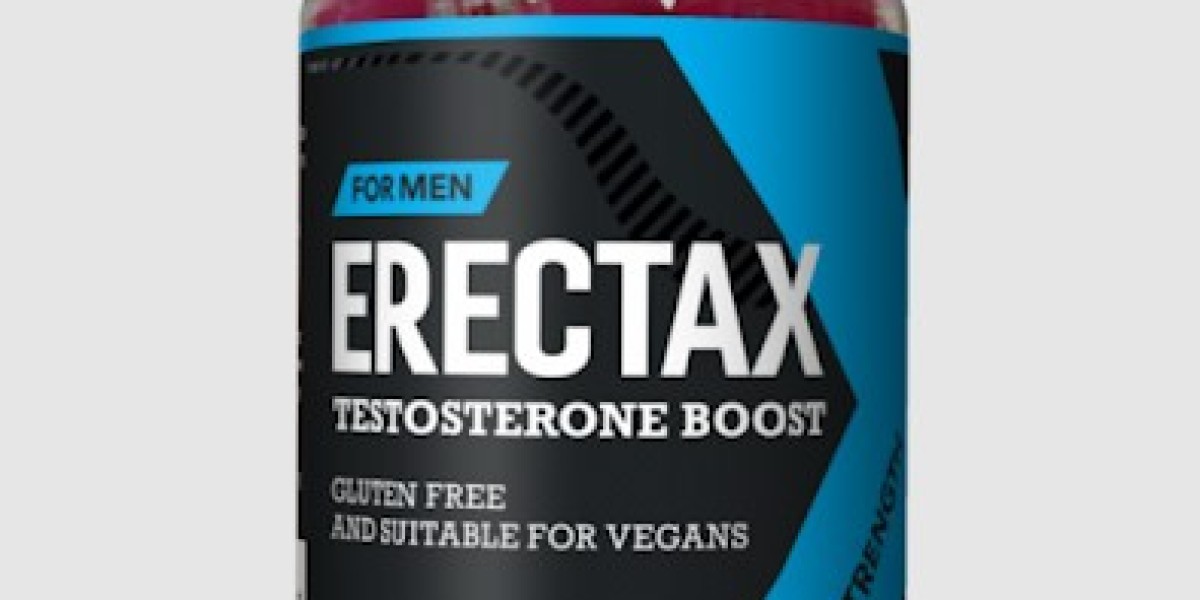The wine cooler market has seen tremendous growth in recent years, driven by the increasing popularity of wine consumption, the rise of wine tourism, and the growing trend of home entertaining. However, despite its expansion, several pain points persist that hinder the market's full potential. Consumers and manufacturers alike are grappling with various challenges ranging from high costs to technological limitations. Below are the key market pain points in the wine cooler industry:
High Initial Purchase Costs
- Wine coolers can be expensive, especially for high-end models that offer advanced features.
- Consumers often find it challenging to justify the cost, particularly when compared to traditional wine storage solutions such as wine racks.
- Premium wine coolers that come with temperature zone features, energy-efficient technology, or smart capabilities tend to have a higher price tag, limiting the market to more affluent consumers.
- The high upfront costs can make it difficult for new entrants to adopt wine cooler technology, slowing market penetration in lower-income demographics.
Energy Consumption and Sustainability Concerns
- Many wine coolers, particularly older models, consume significant amounts of energy, raising concerns about their environmental impact.
- With increasing demand for energy-efficient appliances, wine cooler manufacturers face pressure to reduce energy consumption while maintaining performance.
- Consumers are becoming more environmentally conscious, seeking energy-efficient models that align with their sustainability goals.
- The energy inefficiency of some wine coolers can discourage potential buyers who are looking to reduce their carbon footprint, especially in regions with stringent environmental regulations.
Limited Awareness Among Consumers
- Despite the growing popularity of wine, a large segment of the population remains unaware of the benefits and necessity of wine coolers.
- Many consumers still store wine in regular refrigerators or at room temperature, unaware that such conditions can damage the wine's quality over time.
- Education about the specific storage needs of different types of wine (e.g., red, white, sparkling) is still lacking, leading to a gap in demand for specialized wine coolers.
- Manufacturers face the challenge of educating consumers on the importance of proper wine storage and the potential long-term benefits of investing in a wine cooler.
Size and Design Constraints
- Space limitations in many homes, particularly in urban areas, restrict the adoption of large or freestanding wine coolers.
- Many consumers prefer compact, under-counter, or countertop models, but such options can sometimes have limited capacity.
- The variety of design options and sizes is still restricted by the availability of suitable materials and the need to balance functionality with aesthetics.
- Manufacturers must navigate the challenge of producing wine coolers that fit different living spaces without compromising on performance, capacity, or design.
Maintenance and Repair Issues
- Like other appliances, wine coolers require periodic maintenance, such as cleaning filters, checking temperature settings, and ensuring that cooling mechanisms are functioning properly.
- The complexity of some wine coolers’ technology can make repairs difficult and expensive, particularly for models with advanced features such as humidity control and smart connectivity.
- Poor after-sales service or unavailability of spare parts can cause frustration among consumers, affecting the long-term usability and appeal of the product.
- Manufacturers are faced with the challenge of providing efficient maintenance services and improving the durability of their products to minimize repair needs.
Temperature and Humidity Control Limitations
- Maintaining consistent temperature and humidity levels is critical to the proper storage of wine, but many wine coolers struggle with maintaining this balance effectively.
- Inconsistent cooling performance, especially in cheaper or older models, can affect the quality of wine, leading to customer dissatisfaction.
- Wine coolers designed for multiple temperature zones may not always offer precise control, resulting in uneven storage conditions that affect wine aging.
- Manufacturers must continually innovate to ensure that wine coolers can reliably maintain the ideal conditions for wine preservation across various environments.
Technology Integration and Compatibility Issues
- The integration of smart technology into wine coolers presents its own set of challenges.
- While Wi-Fi-enabled and app-controlled wine coolers are becoming more popular, these systems often face compatibility issues with different operating systems or devices, frustrating users.
- Additionally, the technical complexity of smart wine coolers may deter less tech-savvy consumers from investing in these advanced models.
- Manufacturers need to ensure that smart features are user-friendly and seamlessly integrate with a range of devices to enhance customer satisfaction.
Competition and Market Saturation
- The increasing number of brands entering the wine cooler market leads to heightened competition.
- New entrants often struggle to differentiate themselves from established brands, particularly when it comes to quality, pricing, and innovation.
- This intense competition, combined with consumer price sensitivity, can create challenges for manufacturers seeking to maintain profit margins while delivering high-quality products.
- Moreover, market saturation in developed regions can make it difficult for new companies to break through and capture market share, particularly in North America and Europe, where demand growth is slowing.



